A true Paleo diet centers around fresh foods, but sometimes you need something a little extra. Here’s how to find a Paleo protein powder that complements, not wrecks, your diet.
Finding a Paleo protein powder can be really tricky, especially with all the different labels and ingredients out there.
Here are the ingredients that make (or break) a Paleo protein powder, so you can choose a product from the shelf with ease.
Want to go Paleo? Not sure where to start?
Start with this FREE Paleo For Beginners Guide Today!
What Makes a Protein Supplement Paleo-Friendly?
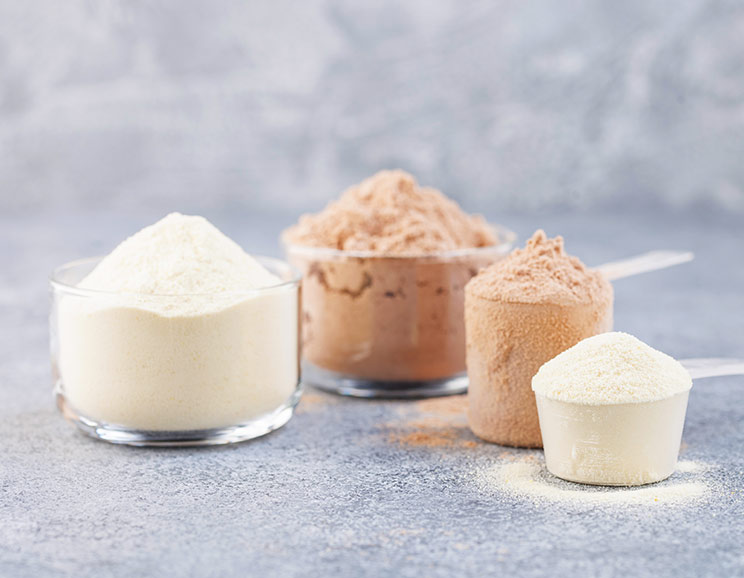
Many of the same Paleo guidelines that apply to food also apply to protein powders. You’ll want to look for high-quality protein sourced from grass-fed animals or organic plants.
You’ll also want to avoid chemicals, fillers, and allergens. If you see any of these ingredients listed on the label, skip it:
- Whey or other dairy products
- Emulsifiers, like soy lecithin
- Bulking agents, like Xanthan gum
- Vegetable oils
Here’s a closer look at what ingredients to look for in a Paleo protein powder, and which you should avoid.
1. A Healthy Protein Source
First, start with a Paleo-friendly protein base. Popular protein powders are often derived from whey or casein protein, which are sourced from dairy. You’ll also want to avoid soy.
Instead, look for dairy-free options like beef protein isolate. A grass-fed, hormone-free product is your best option. Collagen peptides from fish or beef are another great choice, as collagen can help prevent aging and improve gut health. (1, 2) They might not technically be labeled as protein powders, but they often contain a good dose of around 10g of protein per scoop.
Look for: beef protein isolate, collagen peptides, egg white protein, pumpkin seed protein, and hemp protein
Avoid: Soy protein, whey protein, casein protein
2. No Added Sugars
Many protein powder manufacturers (yes, even the organic ones) add sugar to improve the flavor and texture of their protein powders. Since you’re most likely adding a Paleo protein powder to your diet to improve your health or give your exercise regime a boost, the last thing you want is to be indulging in extra sugars every day, especially since they add unnecessary calories and send your blood sugar on a roller coaster. (3)
If you can’t find anything completely free of sugar, at least look for healthy sweeteners. Dried fruits will still provide some nutrients, and if you can find something with stevia or monk fruit, it might even be keto-friendly.
Look for: Stevia, monk fruit, or whole dried fruits as sweeteners
Avoid: Fructose, corn syrup, cane sugar, glucose syrup
3. No Fake Sweeteners
To cut out some of those added sugars, protein powder companies are also fond of swapping them with no-calorie artificial sweeteners. Some of the most popular are aspartame, maltodextrin, and sucralose.
While these reduce the calorie count in a powder, they come with their own scary side effects. Sucralose in particular can reduce the amount of good bacteria in your gut, and also raises your risk of developing diabetes from raised insulin and glucose levels. (4) Aspartame is also pretty bad, as it creates DNA-damaging oxidative stress and causes widespread inflammation. (5)
Your best bet is to avoid all artificial sweeteners in a protein powder, with the exception being stevia and monk fruit, which is extracted from the stevia leaf and monk fruit.
Look for: Stevia, monk fruit, or whole dried fruits as sweeten
Avoid: Aspartame, sucralose, maltodextrin
4. No Artificial or “Natural” Flavors
Protein powders come in all kinds of flavors, from standard vanilla to cookies and cream. Unfortunately, these flavors are most likely made with chemical or artificial flavoring. These can be made by combining artificial sweeteners with an oil and chemicals to give mixtures a “creamy” flavor and appealing texture. One of these common chemicals is polysorbate-60, which animal studies show can increase the incidence of stomach cancers and diarrhea. (6)
It’s also important to note that “natural” flavors often aren’t from nature at all. Instead, this is an umbrella term for molecules or compounds taken from a natural source, then combined with unnatural flavors. While the source may be natural, the end result is not. (7) It’s best to stick to truly natural flavors whenever possible.
Look for: Vanilla bean, pure vanilla extract, or cacao powder (not cocoa)
Avoid: Terms like natural flavors, artificial flavors, cream flavor, natural vanilla flavor
5. No Gums or Bulking Agents
Many protein powders contain bulking agents, thickeners, and gums to improve their texture, making them rich and creamy.
The problem with thickeners and gums is that even natural ones, like seaweed-derived carrageenan, shows in animal studies to cause inflammation, alter gut bacteria, and even interfere with the hormone insulin. (8, 9, 10) It’s best to stick with thickeners that don’t cause irritation.
Look for: Arrowroot or tapioca starch
Avoid: Xanthan gum, guar gum, carrageenan, cellulose gum
6. Look for Organic
Look for protein powders that are labeled as grass-fed, non-GMO, and organic. This ensures your powder is sourced from healthy animals, non-chemical treated plants or plant extracts, and contains no genetically engineered ingredients, whose long-term health effects aren’t clear.
Look online if the label is unclear. The best protein powder companies will list additional information on their websites to include where their ingredients were sourced and processed.
Look for: Grass-fed, non-GMO, organic labels
Avoid: Anything else
7. No Artificial Colors or Food Dyes
Protein powder companies may also use artificial food dyes to enhance the color of their product. For example, pink coloring is added to make a strawberry-flavored powder more appealing.
Unfortunately, food dyes can have toxic effects. Studies show dyes like Red #3 can cause cancer in animals, and Yellow #5 can damage genes. In addition, many dyes were found in studies to be contaminated with other cancer-causing compounds (11)
Avoid names like: Green #3 or Yellow #5 in favor of naturally-derived colorings.
Look for: Turmeric, beet powder, cacao
Avoid: Food dyes labeled Green, Red, or Yellow, followed by a number.
The Bottom Line
Protein powders can have a place in your Paleo diet if you know what to look for – and what to avoid. Follow these guidelines when checking the label to find the healthiest powder on the market.
Take the guesswork out of the equation and check out these 10 best Paleo-friendly protein powders on the market.
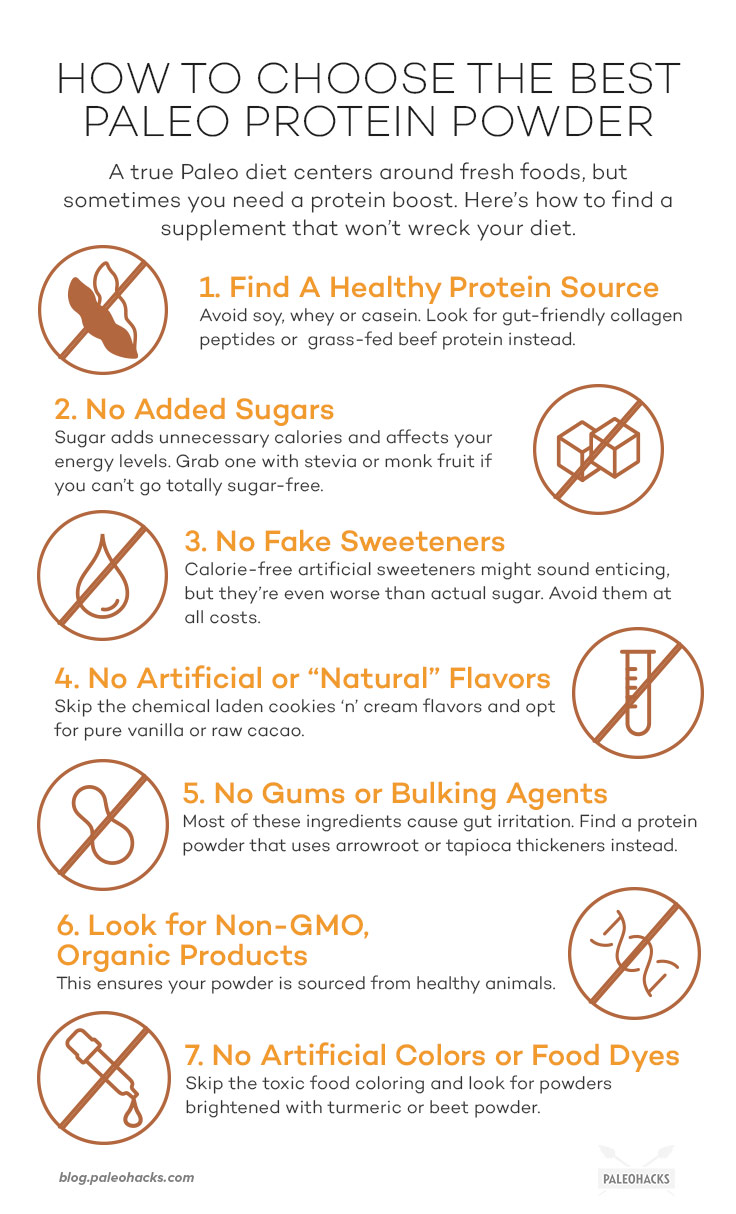


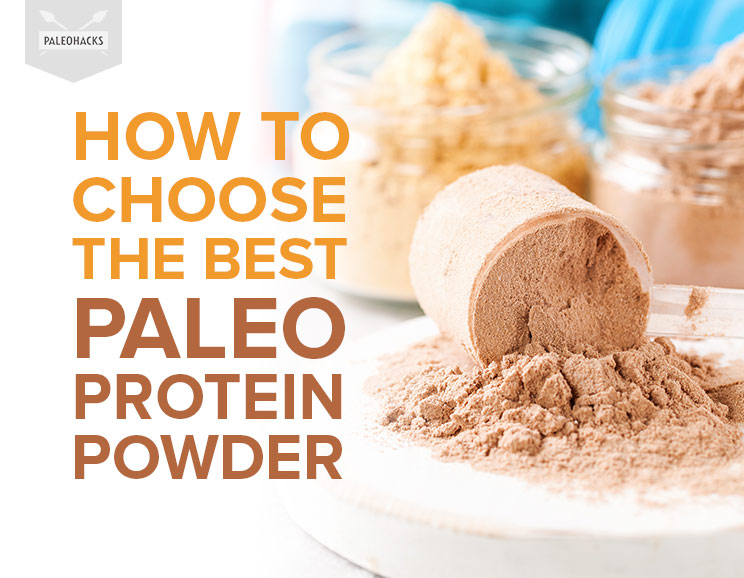
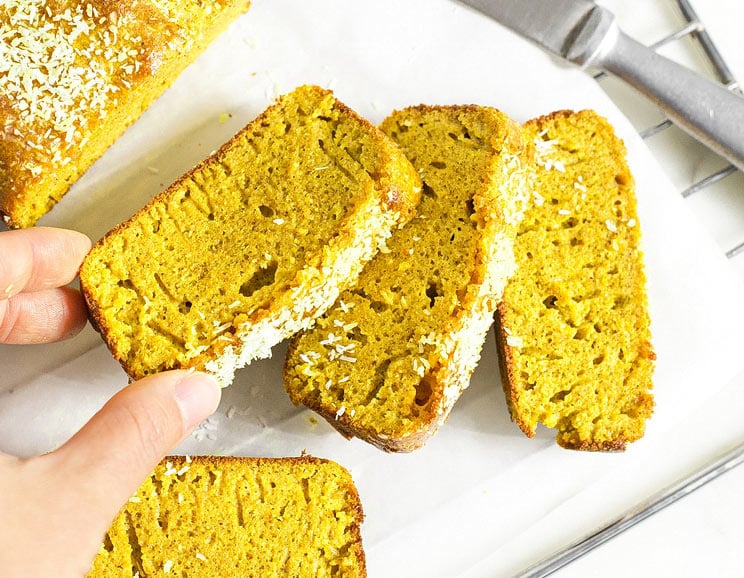 Golden Turmeric Bread Topped with Shredded Coconut
Golden Turmeric Bread Topped with Shredded Coconut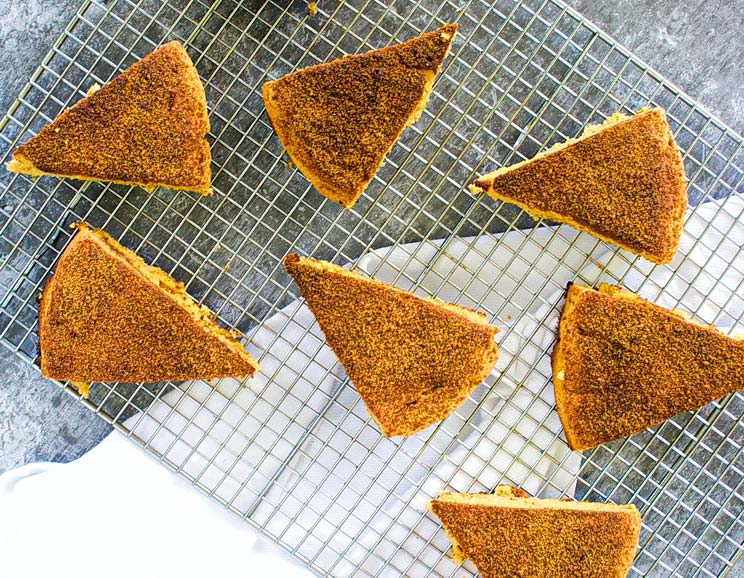
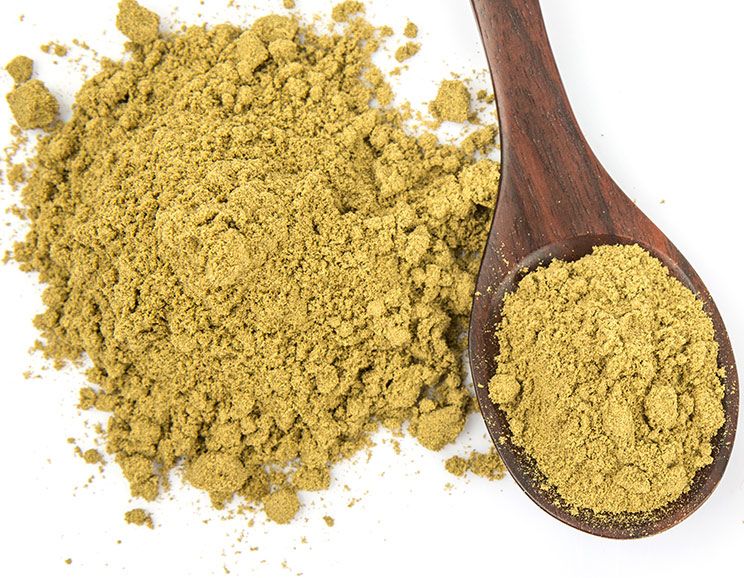
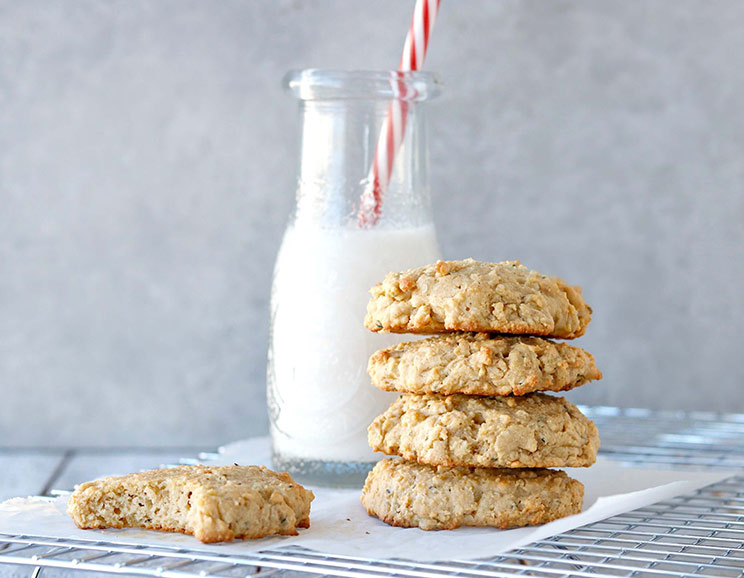
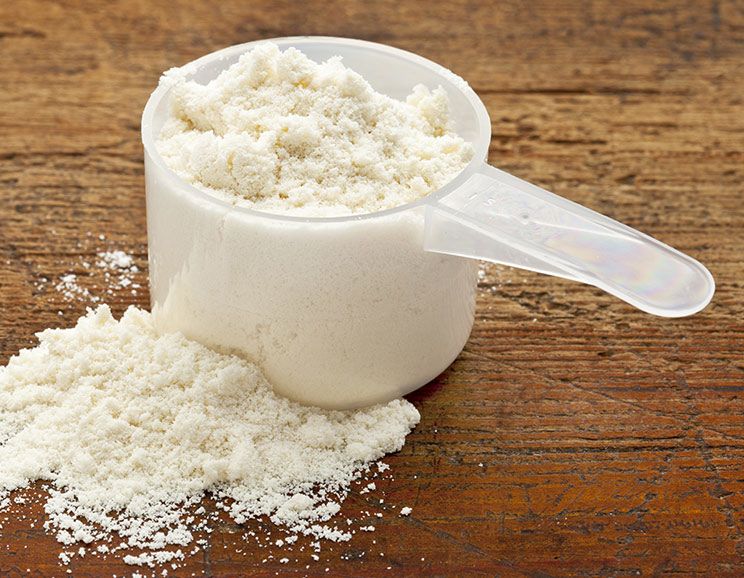
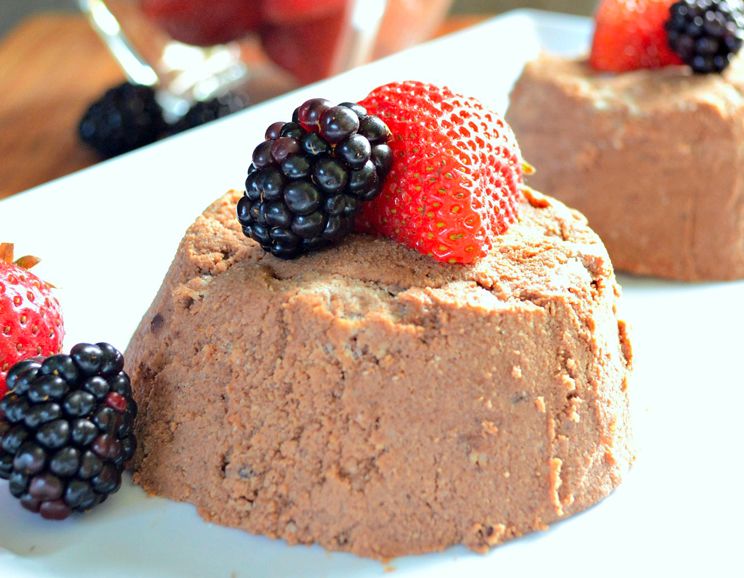
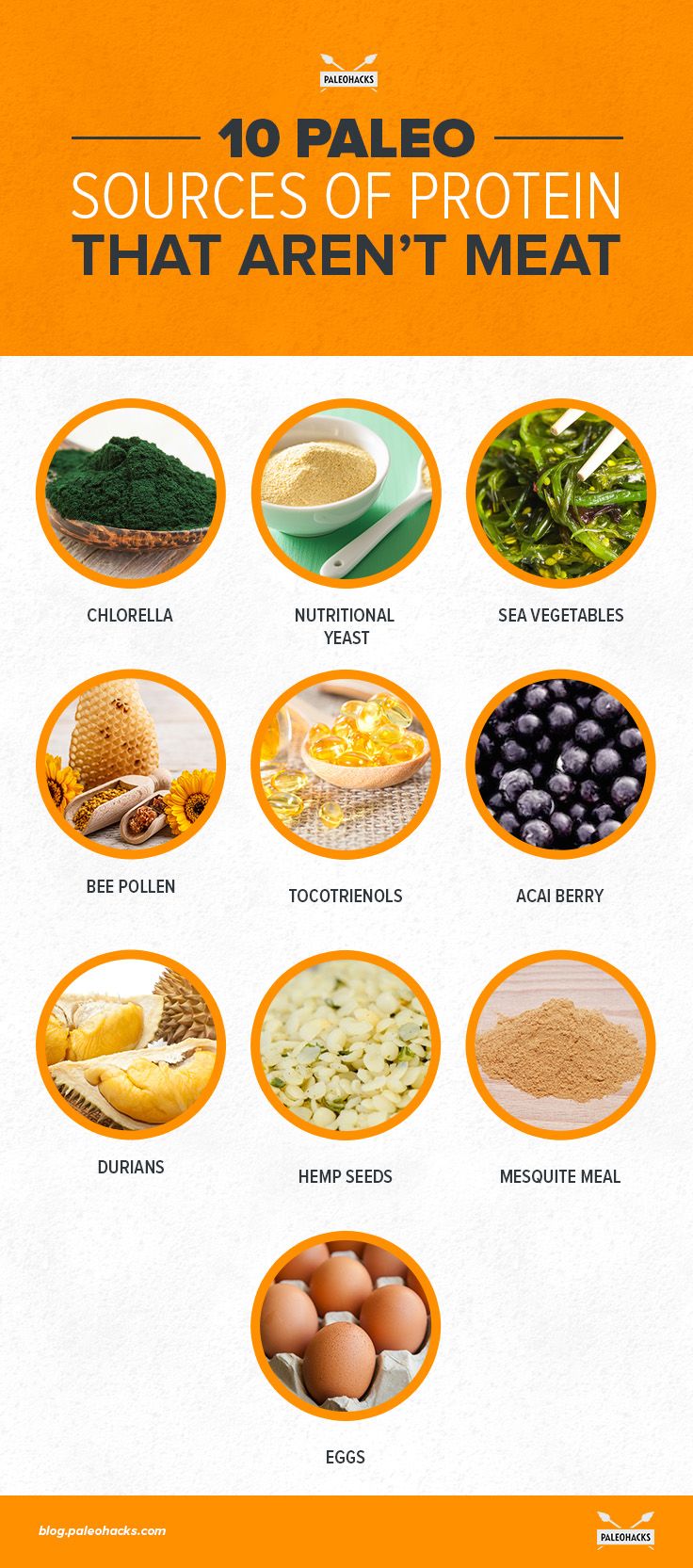
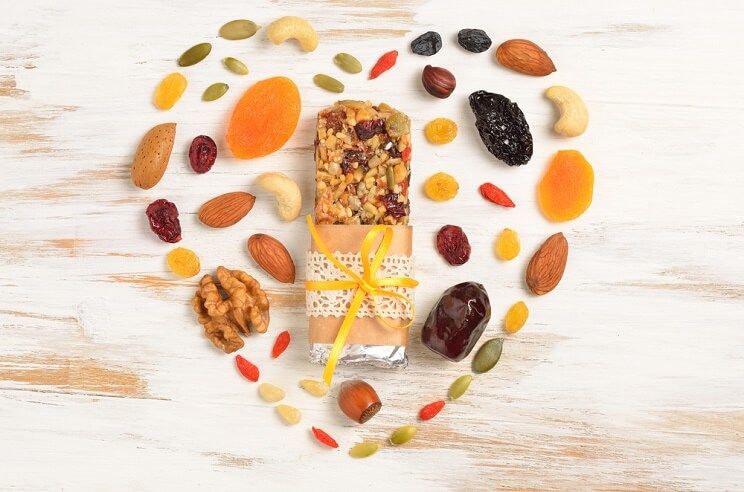

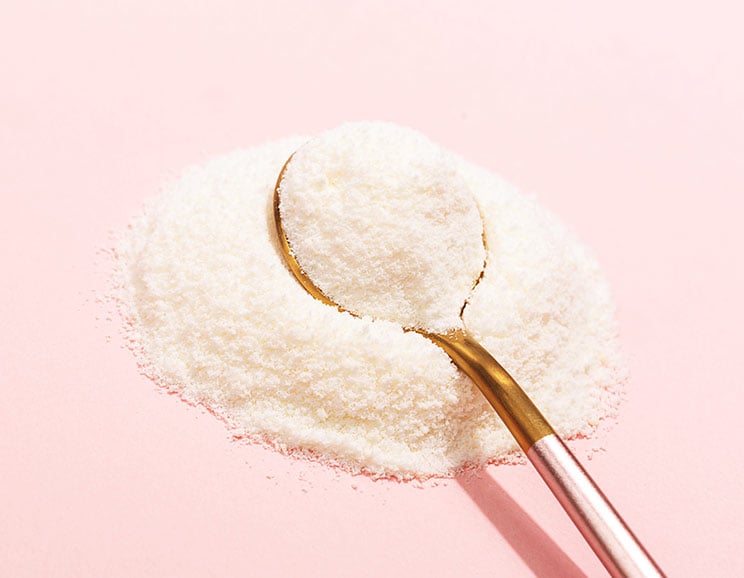

Show Comments